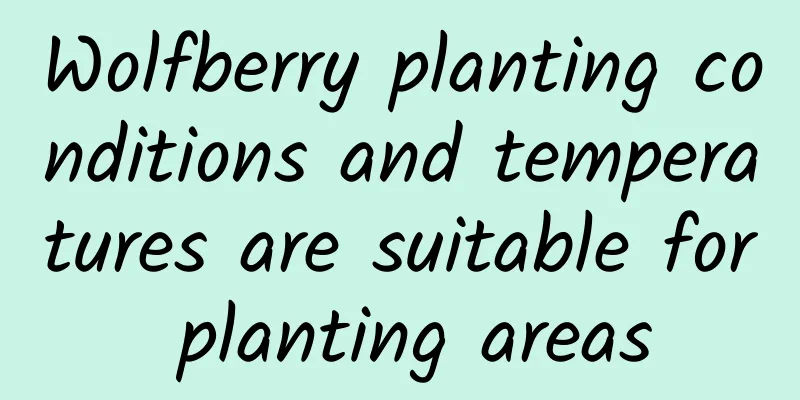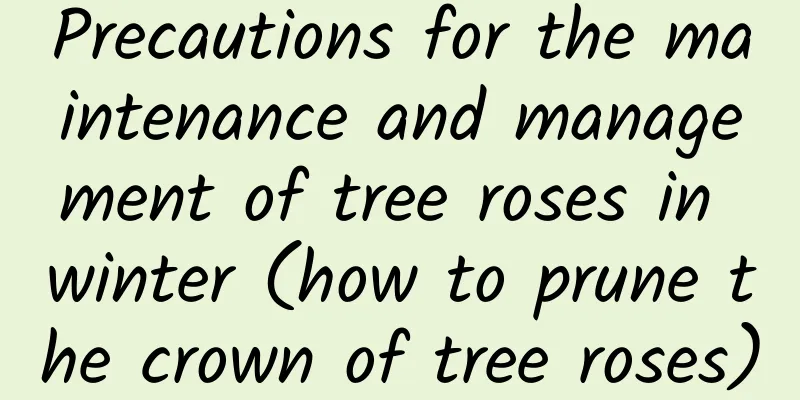When is the best time to take cuttings of camellia (the fastest way to take root and survive with cuttings of camellia)

When is the best time for camellia cuttings to survive?Camellia, also known as Datura, is an evergreen broad-leaved shrub native to southern my country and other regions. Since the climate in the area of origin is relatively warm and comfortable, the suitable temperature for growth is between 18 and 25 degrees Celsius, which means that if the temperature is too low or too high, the plant will enter a state of slow growth, which is commonly known as dormancy. If you choose to carry out cutting propagation during the dormant period of the plant, the branches will easily develop black stems, no roots, etc., which will lead to the failure of cutting propagation. According to the growth temperature of camellia, spring and autumn are the stages of vigorous plant growth. At this time, cutting branches for cutting propagation can use the warm and comfortable temperature to promote the rooting of branches. It is recommended to choose autumn or late spring for cutting propagation. In order to improve the survival rate of camellia cutting propagation, in addition to a mild climate, the following points need to be done. soilWe know that the soil and water quality in the south are acidic. Camellia grows in such soil for a long time and naturally prefers slightly acidic soil. If alkaline soil is used for cutting propagation, the branches will easily have difficulty breathing, resulting in problems such as rot and black stems. Therefore, it is recommended that you use slightly acidic soil when propagating camellia by cuttings, such as a mixture of leaf mold and coarse sand. branchThe branches on the camellia plant are relatively dense, some are thick, some are thin, some are old, some are tender... Different branches have different regeneration abilities. If you cut thin, weak, or diseased branches as cuttings, the branches' regeneration ability will be weak and it will be difficult to regenerate roots later. Therefore, it is recommended to choose healthy, strong semi-lignified branches as cuttings, which can bring strong regeneration ability. In addition, the pruned branches need to be pruned, one is to control the length to about 8 cm, and the other is to keep only two leaves. MaintenanceAfter we insert the branches into the soil, we need to carry out maintenance and management to promote rooting, that is, to avoid problems such as root rot and black stems. First, it needs to be placed in a cool and ventilated place to avoid direct exposure to strong sunlight. Second, keep the small space moist, which can be improved by air spraying, and avoid water accumulation in the soil. Third, do not fertilize for the time being, and wait until the plants are transplanted and adapted to the pot. |
<<: Why does Bougainvillea grow many leaves but not bloom (it only grows leaves and grows taller)?
Recommend
Can Bauhinia survive the winter in the north? What are the measures to survive the winter?
1. Can you survive the winter in the north? Bauhi...
Difference Between Wheat and Oats
1. Plant Differences The wheat stems are erect, c...
Cherry seed potting tutorial
1. Seed processing Before planting, you need to b...
How to repot cold water flowers
Best time to repot The best time to repot is spri...
Cultivation methods and precautions of pink palm
1. Soil It is recommended to choose peat soil wit...
How to grow Schefflera in spring
1. Temperature regulation Schefflera is sensitive...
Pruning method of Photinia fraseri
Spherical pruning of Photinia fraseri Photinia fr...
Peony cultivation methods and precautions
1. Soil It is best not to plant peonies in the so...
How to prune bayberry trees best
When to prune bayberry trees The time for spring ...
How to grow jasmine so it blooms three times a year
Jasmine blooms for the first time In a year, the ...
When is the best time to plant Houttuynia cordata?
Houttuynia cordata , also known as Houttuynia cor...
How to cut onions and how to eat onions
1. How to cut 1. Cut into strips: It is wrapped l...
Can the money tree be watered with Coca-Cola? How to water the money tree with Coca-Cola
Can the money tree be watered with Coca-Cola? You...
Do avocados need to be pruned? How to prune avocados?
1. Does it need pruning? Avocado needs pruning. P...
Diseases and Pests of Amaranthus chinensis and Their Control
Main diseases of Amaranthus chinensis Leaf blight...









